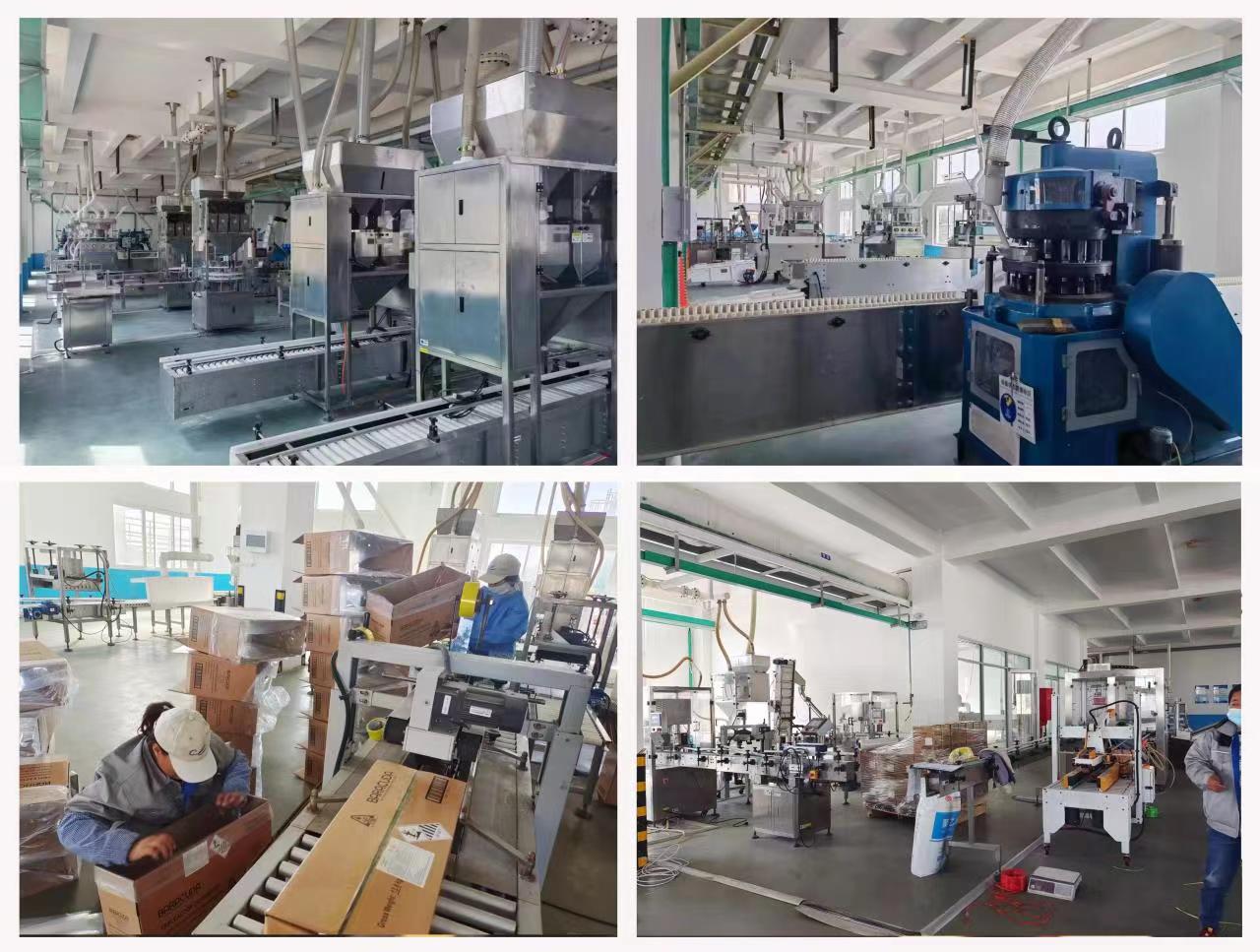

Select Language


Payment Type:L/C,T/T,D/P,D/A
Incoterm:FOB,CFR,CIF,EXW
Brand: kopeo
CAS No.: 631-61-8
EINECS No.: 211-162-9
MF: C2H7NO2
Application: Chemical Usage
Appearance: White Crystals
Odor: Acetic Acid Odor
Sample: Support
Product Name: Ammonium Acetate
Melting Point: 110-112 °C
Storage: Dry Place
Payment Type: L/C,T/T,D/P,D/A
Incoterm: FOB,CFR,CIF,EXW
Product Information
Ammonium Acetate Properties, Uses and Production Process Overview
Ammonium acetate is one kind of Industrial Acetate.
Chemical formula NH4C2H3O2; molecular weight 77.08; white crystal; melting point 114 ℃; relative density 1.17; high temperature and hot water decomposition.
Soluble in ethanol, soluble in water, slightly soluble in acetone. Easy to lose ammonia in the air. Produced by neutralizing acetic acid with ammonia and evaporating and crystallizing the solution.
Application of Ammonium Acetate
Used in the preparation of buffers, determination of aluminum and iron. Separation of lead sulfate from other sulfates. Also used as an analytical reagent, chromatographic reagent and buffer. Also used in meat preservation, electroplating, Water Treatment, pharmaceuticals, etc.
Ammonium acetate (ammonium acetate) as analytical reagents, diuretics, buffers and used in dyeing and printing industry.1) purification of chymotrypsin, characterized by chymotrypsin crude (active ingredient less than 10%) at 5-15 ℃, with ammonium acetate solution extraction, and then precipitated with organic solvents ethanol Chemicalbook, and finally dehydrated with acetone chymotrypsin intermediate.2) purification of urocortin, characterized by The crude product of urotensin (the active ingredient is less than 10%) is extracted with ammonium acetate solution under low temperature, precipitated with ethanol, and finally dehydrated with acetone to get urotensin purified product.
Preparation of ammonium acetate
A new process for the synthesis of high purity low water ammonium acetate (ammonium acetate), including the following steps: (1) 240-250KG of high purity glacial acetic acid (purity 99.6%) into the reactor, add dehydrating agent (dehydrating agent for the compounds containing carbonyl group) 10-100g, stirring and heating at 50 ± 5 ℃;
(2) Under stirring, slowly add 100-110 kg of high-purity ammonium carbonate (purity 99.9%), dissolve, and hot filter;
(3) The filtrate was cooled down to 35±5°C and kept for 4h;
(4) Crystallization dumping;
(5) Shake dry the crystallization, under the turning, spray adding 10-30kg dehydration agent (dehydration agent is a compound containing carbonyl), shake dry;
(6) The crystallization of shaking dry again, vacuum rotary drying 45 ± 5 ℃, 0.5-1h.

Company information
The company's main import and export products include
(1)Rubber Products:When rubber products are molded, after being pressed under high pressure, the cohesion of the elastomer cannot be eliminated, which often produces unstable shrinkage when the product is molded out of the mold (the shrinkage rate of rubber varies depending on the type of rubber), which can only be eased and stabilized after a certain period of time. Therefore, when a rubber product design at the beginning, regardless of the formula or mold, need to be carefully calculated to match, if not, it is easy to produce unstable product size, resulting in low product quality.
(2)Petrochemicals:Petroleum products is a generic term for a variety of commodities that are produced directly from petroleum or a portion of petroleum.Petrochemical use petroleum as the basic raw material.The petroleum industry has always been dominated by the production of petrol, paraffin and Fuel Oil for industrial boilers. One of the refining methods, catalytic cracking, is the use of heat, pressure and catalysts to crack heavy oils into lighter oils, mainly gasoline. Another method of refining is polymerisation, which is the opposite of cracking: small molecules are synthesised into larger ones, and the lighter gases from refining are polymerised into petrol and other liquids.Our Petrochemicals include Special Oils And Fats, Petroleum Product Additives, petroleum waxes and so on.
